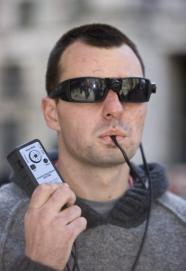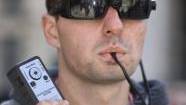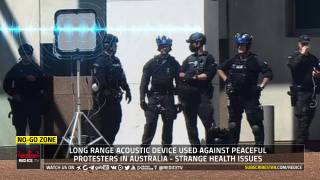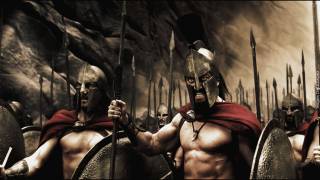Blinded Merseyside soldier ’sees’ with tongue device
Source: news.bbc.co.uk
 A Merseyside soldier blinded by a grenade in Iraq has said his life has been turned around by technology that allows him to "see" with his tongue.
A Merseyside soldier blinded by a grenade in Iraq has said his life has been turned around by technology that allows him to "see" with his tongue.L/Cpl Craig Lundberg, 24, from Walton, Merseyside, can read words, identify shapes and walk unaided using the BrainPort device.
The machine converts visual images into a series of electrical pulses which are sent to his tongue.
The soldier said the device gives off "a pins and needles sensation".
L/Cpl Lundberg lost his sight while serving with the King’s Regiment after being hit by a rocket propelled grenade in 2007.
Video from: YouTube.com
’Popping candy’
The Ministry of Defence (MoD) selected him to trial the pioneering device which is comprised of a tiny video camera attached to a pair of sunglasses linked to a plastic "lolly pop" which the user places on their tongue to read the electrical pulses.
L/Cpl Lundberg said it felt like "licking a nine volt battery or like popping candy".
"You get lines and shapes of things, it sees in black and white so you get a two dimensional image on your tongue, it’s a bit like a pins and needles sensation," he said.
"It’s only a prototype, but the potential to change my life is massive, it’s got a lot of potential to advance things for blind people.
"One of the things it has enabled me to do is pick up objects straight away, I can reach out and pick them up when before I would be fumbling around to feel for them."
L/Cpl Lundberg said he would still be keeping his guide dog Hugo.
The MoD said it expected to pay about £18,000 for the device and training to enable the trial to take place.
Users cannot speak or eat while using the BrainPort so designers are hoping to create a smaller device that could be permanently fixed behind the teeth or to the roof of the mouth enabling more natural use.
1. Camera in glasses sends images to base unit in hand-held device
2. Images are translated into stimulation pattern to send to mouthpiece
3. Electrodes on tongue pulse according to lightness of image pixels
4. Users learn to recognise patterns, movement and high-contrast objects
Article from: news.bbc.co.uk






















